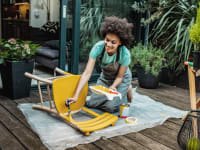8 things you should never do if you have a septic tank
The scoop on where your poop flourishes
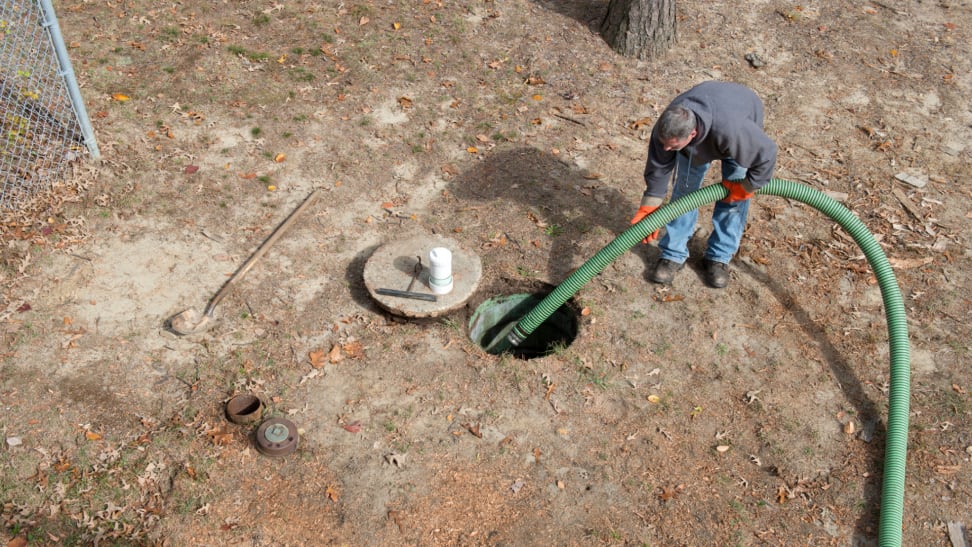 Credit:
A person drains a septic tank with a tube.
Credit:
A person drains a septic tank with a tube.
Products are chosen independently by our editors. Purchases made through our links may earn us a commission.
Most American homes depend on public sewers to treat their household wastewater, but in some areas of the country, septic systems are a more common way to treat waste. Over 26 million homes in the U.S. use septic systems to treat water that’s disposed of through household plumbing like toilets, sinks, and washing machines.
This wastewater travels through the pipes to an underground treatment system consisting of a watertight underground tank, where solid waste is separated from liquids, and bacteria starts to digest the organic matter inside, removing pathogens and pollutants. This liquid is later discharged through a drainfield, which slowly releases the treated water back into the soil.
While septic systems have advantages (they can be cheaper in the long run than paying for public sewage, and they can reduce the environmental impact of treating waste), they need to be properly maintained to reap those benefits.
If you live in a home with a septic system or are considering a home that has one, proper septic care is required if you want to reduce the chance of septic failure or the frequency with which you need to pump your tank. Improper care can lead to water contamination, a decrease in property value, and even health issues, if you’re not careful.
In order to ensure that your tank is working properly, there are a few things you should never, ever do if you have a septic tank.
1. Never flush anything besides human waste and toilet paper down your toilet
There are two kinds of toilet contraband you should never flush down your toilet if you have a septic tank: harmful solids, which include things like paper towels, wet wipes, floss, cat litter, and feminine hygiene products, and household liquids like cooking grease, medicine, and chemicals like paint, gasoline, or pesticides.
If solid items are flushed, they will get filtered out from your wastewater inside your septic tank, where they will remain indefinitely, causing potential clogs, creating backups, and requiring more frequent pumping or repairs, which can be expensive. In short, if it’s not toilet paper, put it in the trash.
Hazardous liquids pose a risk of leaching into your drainfield, contaminating your groundwater, and killing the beneficial bacteria that break down the contaminants in your wastewater.
In many cases, it’s not even safe to throw certain liquids like paints or paint thinner into the garbage either, you should always read the label to find the best way to dispose of any chemicals or medicinal drugs, but down the toilet or sink is never the right place for them.
2. Never use your garbage disposal
Many kitchen sinks come equipped with garbage disposals, and while it seems like an effective way of getting rid of old food, it’s also a great way to clog your septic tank. Solid matter (as well as things like grease) can overload septic tanks and require more frequent and costly pumpings.
Instead, one of the best things you can do is use a compost bin for organic matter that would otherwise go in the disposal, such as coffee grounds, fruit and vegetable scraps, and eggshells: not only will you save your septic tank, but a compost bin like the Redmon will create a rich soil-enhancer for your yard and garden.
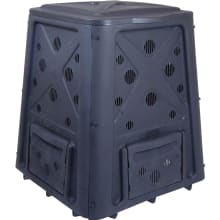
Better for your septic system and better for your garden.
3. Never drain your hot tub or pool into your septic tank
If you’re in that Venn diagram of homeowners who have both a pool or hot tub and a septic tank, this one’s for you.
While it’s great to relax in your pool during the warmer months, it’s not a good idea to drain such large quantities of water into your septic tank when pool season ends, as it can stir up the contents of the tub and cause blockages within the drainfield.
Instead, drain your pool or hot tub away from your drainfield in accordance with local rules and regulations.
4. Never block your drainfield
We’ve mentioned drainfields a few times thus far, but just so it’s clear, your drainfield is the part of your septic system that removes contaminants from the liquid that emerges from your septic tank and disperses it into the soil.
It is likely that your drainfield is located in an open part of your yard that you’d use for recreation or storage, but it’s important to know exactly where it is to ensure its proper care. Never park your car over your drainfield, or drive your car over it. Not only are the drainage pipes not designed to handle that kind of weight, but potential chemical or oil leaks could contaminate it.
For similar reasons, you should never build on top of your drainfield—no shed, patios, or other outdoor structures. And, don’t plant trees, shrubs or anything with a root system over your drain field, as their roots can damage or interfere with the system.
5. Never use drain cleaners
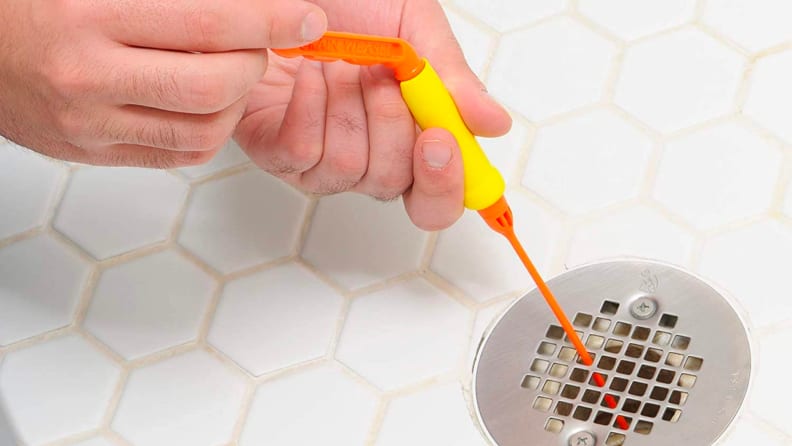
Employ a drain snake instead of using a chemical drain opener.
I have long hair, which means that at some point in the course of the year, some drain in my house will develop a clog. While I have found myself reaching for the Drano occasionally, I find that a flexible drain snake breaks up clogs just as well, with no harsh chemicals.
Chemical drain openers often contain ingredients that kill off the good bacteria and corrode pipes, which can lead to double the trouble when it comes to keeping your system in working order.
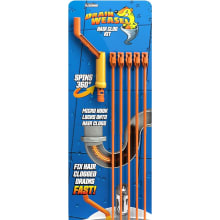
Clear tough drain clogs without chemicals.
6. Never use antibacterial soap
This might be tough advice for some people to stick to, since most of us have been convinced that antibacterial soap will kill any lingering bacteria-borne illnesses we bring in from the outside.
But, those same additives, including chemicals like triclosan, that kill the bad bacteria will also kill the good bacteria that make your septic system actually work as it should.
As an alternative, as we’ve been told pretty much daily over the past couple years, a thorough hand-washing with regular soap is all you need to keep the germs at bay, and it’ll keep your septic tank healthy too.
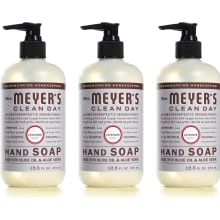
Attractively scented, and safe for the sump.
7. Never overload the system with harsh laundry products. Go eco-friendly
Washing machines stress out your septic system in two ways: they can overload the system with too much wastewater and harm the beneficial bacteria that break down the waste.
It’s easy to avoid overloading. Follow EPA recommendations to space out your loads of laundry as much as possible. If you have an aging washing machine, you could switch to a newer Energy Star Certified model with low water use. Front loaders typically use the least water, but modern top loaders aren’t far behind for water use efficiency.
Protecting waste-destroying bacteria is also straightforward. Avoid chlorine bleaches, antibacterial products, and fabric softeners, and don’t use too much detergent.
When it comes to laundry detergent, simple, phosphate-free, biodegradable options are best. Our Best Eco-Friendly Laundry Detergent recommendations are all rated as septic safe by their manufacturers.
8. Never use septic tank additives
There are dozens of septic tank additives and enzymes on the market claiming to enhance the bacterial flora of your tank or break down fat and oil deposits that can clog your tank.
They sound great, in theory, but the EPA states that the effectiveness of such products hasn’t been determined. In fact, septic tanks already contain all the microorganisms necessary to break down household pollutants and waste, and the best way to properly maintain the correct biome of your tank is by regular pumping every 3 to 5 years.
The product experts at Reviewed have all your shopping needs covered. Follow Reviewed on Facebook, Twitter, Instagram, TikTok, or Flipboard for the latest deals, product reviews, and more.
Prices were accurate at the time this article was published but may change over time.


